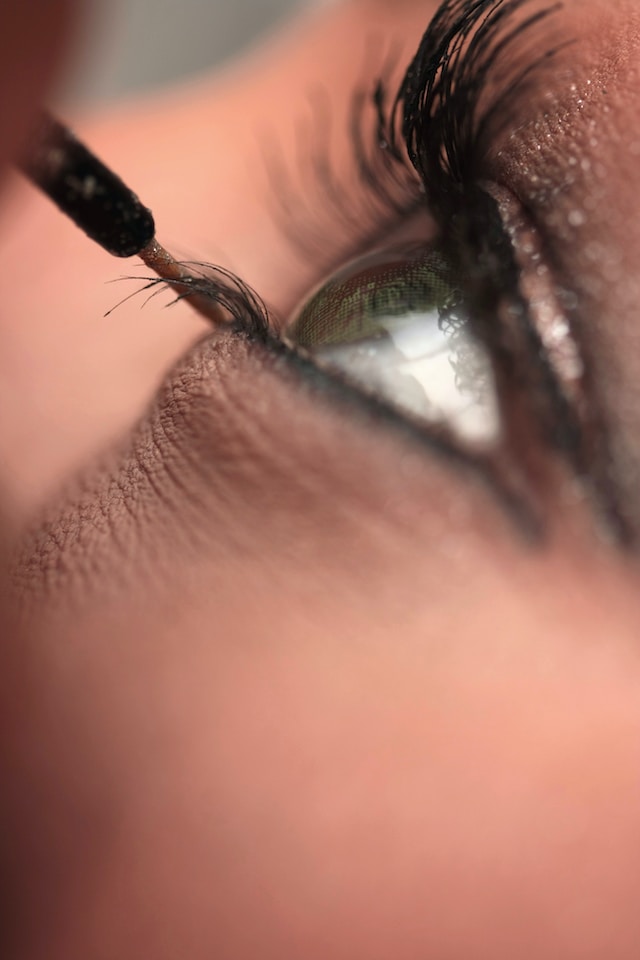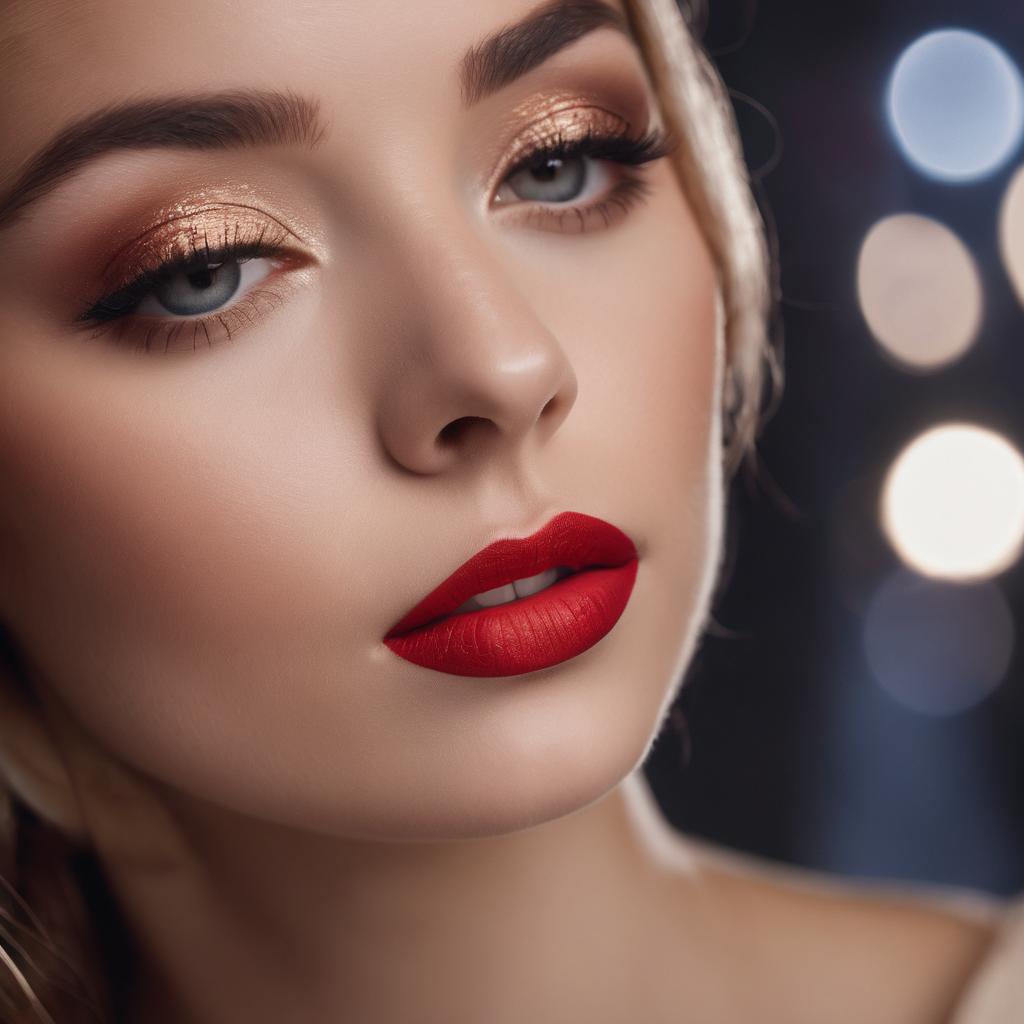Highlighting and Contouring: Uncover the art of sculpting your face using highlighters and contouring products to create depth and dimension.
Highlighting and contouring techniques have become increasingly popular in the world of makeup, allowing individuals to enhance their facial features in a transformative way. By strategically applying highlighters and contouring products, one can create the illusion of depth and dimension on their face, resulting in a more sculpted and defined appearance.
Highlighting involves the use of a lighter shade of product to accentuate the areas of the face that naturally catch light, such as the tops of the cheekbones, the bridge of the nose, and the brow bone. This technique helps to bring forward these features and give the face a luminous glow. On the other hand, contouring utilizes a slightly darker shade to create shadows and define certain areas, such as the hollows of the cheeks or the jawline. This step adds depth and structure to the face, making it appear more chiseled and defined. By combining highlighting and contouring, one can create a beautifully sculpted canvas, emphasizing their best features and bringing balance to their overall facial structure.
• Highlighting involves using a lighter shade of product to accentuate areas that catch light
• Areas commonly highlighted include cheekbones, nose bridge, and brow bone
• This technique brings forward features and adds a luminous glow to the face
• Contouring utilizes a darker shade to create shadows and define certain areas
• Commonly contoured areas include hollows of cheeks and jawline
• This step adds depth and structure to the face for a chiseled appearance
• Combining highlighting and contouring creates a beautifully sculpted canvas
• Emphasizes best features and brings balance to overall facial structure
Setting Your Makeup: Learn the importance of setting your makeup with powders or setting sprays to ensure your look stays
Setting your makeup with powders or setting sprays is an essential step in any makeup routine. The purpose of setting your makeup is to ensure that it stays in place throughout the day and doesn’t smudge or fade. Powders and setting sprays help to lock in your foundation, concealer, and other products, giving you a long-lasting and flawless finish.
Powders are commonly used to set makeup as they absorb excess oils and provide a matte finish. They can be applied with a fluffy brush or a powder puff, gently pressed onto the skin to set your liquid or cream products. Setting sprays, on the other hand, are a liquid formula that can be spritzed onto the face after makeup application. They not only help to set the makeup but also provide a dewy or natural-looking finish, depending on the type of setting spray used. Whether you prefer powders or setting sprays, setting your makeup is crucial for a polished and long-wearing look.
• Setting your makeup with powders or setting sprays is crucial for ensuring that it stays in place throughout the day.
• Powders absorb excess oils and provide a matte finish, making them ideal for those with oily skin.
• They can be applied with a fluffy brush or powder puff, gently pressed onto the skin to set liquid or cream products.
• Setting sprays are a liquid formula that can be spritzed onto the face after makeup application.
• They not only help to set the makeup but also provide a dewy or natural-looking finish, depending on your preference.
• Setting sprays are great for all skin types and can help to hydrate dry skin while keeping your makeup intact.
• Both powders and setting sprays give you a long-lasting and flawless finish by locking in your foundation, concealer, and other products.




